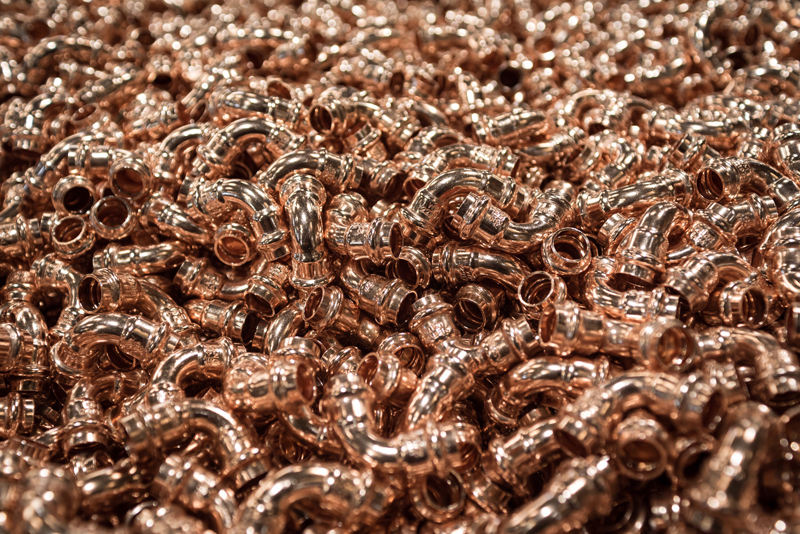
When seeking to prevent the build-up of potentially deadly pathogens such as Legionella in plumbing and mechanical networks, prevention is always better than cure. Dan Wild, Business Unit Director for Conex Bänninger, discusses how installers can minimise the risk posed by waterborne bacteria, simply by choosing the right materials.
Pathogens such as Legionella – a bacillary germ with symptoms similar to pneumonia – have the ability to cause severe health issues and in worst case scenarios become life limiting illnesses. New standards set out by industry bodies, such as the APHC and the Health and Safety Executive (HSE), outline the importance of quality control and routine maintenance of water systems.
In the plumbing industry, showers are not the only potential channel of infection; there are also dangers from other environments that generate fine aerosol type spray.
Even auxiliary equipment more associated with cold water, such as softeners, filters and devices that dose the network raise the risk of creating elevated bacterial readings and, therefore, should be taken into consideration when planning and maintaining a system.
Several preventative measures can be applied by engineers and installers to reduce bacterial build-up that contributes to waterborne bacteria such as Legionella.
Good design of a network fundamentally relies on keeping ‘hot water hot’ (>50°C) and ‘cold water cold’ (<20°C ), and avoiding inappropriate design – infrequently used sections of pipework with stagnant water such as ‘dead-legs’, for instance – and also the oversizing of storage vessels and pipework loading demands.
This inappropriate design can be avoided by keeping pipework as short and direct as possible, with pipes and tanks insulated sufficiently to ensure temperatures do not encourage bacterial growth.
Good network design and operational monitoring results not only in optimum efficiency, but also increases the functionality and lifespan of a system. In addition, it helps avoid conditions that favour bio film build-up of bacterial and algal cells that create the perfect environment for bacterial growth and corrosion by iron or through limescale deposits.
When planning a system, installers should take into account that materials and components can contribute to bio film growth. They may do this either by adding additional nutriments into the water, or because they do not have the ability to accept both chemical and thermal shock without the system integrity being adversely affected.
Many studies have shown copper has a proven and quite unique water chemistry that reduces the threat of waterborne bacteria such as Legionella, Polio Virus and E-coli O157. It has also been demonstrated that copper plumbing inhibits the growth of Pseudomonas Fluorescens, Bacillus Subtilis and Bacteriophage MS2, which can cause gastrointestinal disturbance.
While correct design, operational practices and surveillance of the network are key, it is also clear that copper and modern jointing technologies, including press-fit systems that avoid hot works, produce less system debris and increase flexibility, which contributes towards controlling network infections, as well as increasing the life expectancy of a system.
As a result, designers should consider the choice of materials carefully and select pipework and fittings that are able to control the growth and spread of Legionella.













